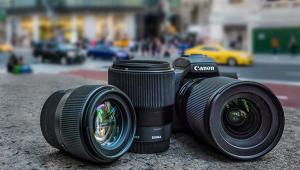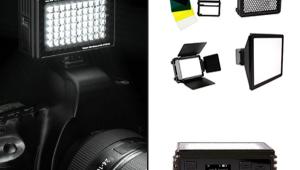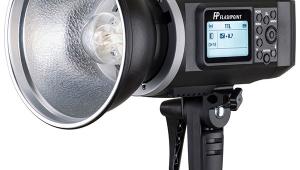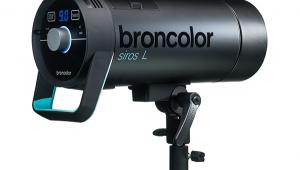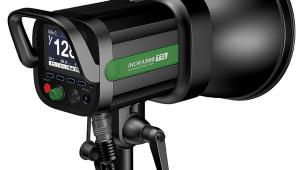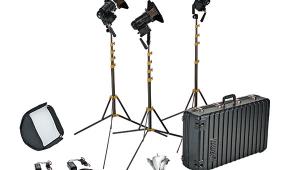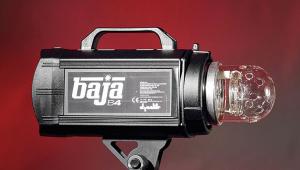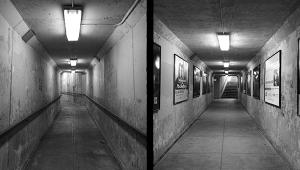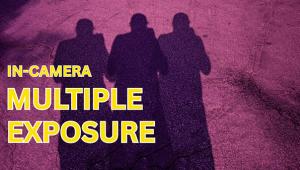Small Monolight, Small Camera: Shooting Mirrorless with the Flashpoint 180 Monolight

The first thing I did after receiving Flashpoint’s 180 battery-powered monolight was shoot a few tests to get a feel for how well the unit performed. Although impressed, more so than with some other battery-powered units I’ve used, at one point while shooting with a Canon EOS 60D, a BG-E9 battery grip, and an EF-S 15-85mm f/3.5-5.6 IS USM lens, I thought, “Wow, why is this camera so heavy?” That was when the “Small Monolight/Small Camera” concept was born and I decided to shoot this review using a Micro Four Thirds camera. And why not, so I worked with my Panasonic Lumix G5 for the test.
Kit And Specs
The Flashpoint 180 is a compact battery-powered 180 watt second monolight designed for studio and on-location use. The head itself weighs less than 2 pounds. A knob on the monolight’s back lets you steplessly adjust output from 1/16 to full power over a five-stop range. This lightweight kit, which weighs 7 pounds, includes everything needed to start shooting but a light stand; it even comes with a nice case to carry it in. Manfrotto’s Nano 5001B compact five-section light stand extends to 6.2 feet and weighs less than 2 pounds. You can also use Flashpoint’s own 7.1-foot air cushioned three-section light stand that is slightly longer (29 vs. 19 inches) and weighs slightly more (3.3 vs. 2 pounds).
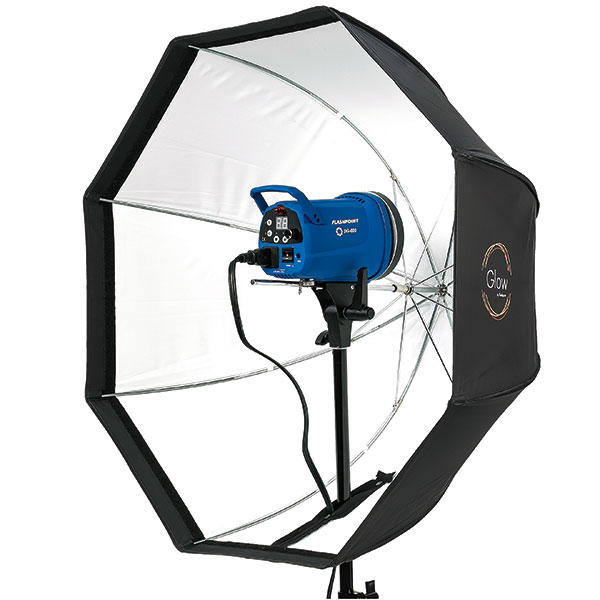
Two Sony NP-F960 camcorder batteries fit into a lightweight pack that powers the monolight. Flashpoint batteries cost $26 each, less than an original Sony ($38), and Adorama includes two separate chargers, although one holding two batteries à la Canon’s Power Kit CA-PS400 would produce less cable clutter. At full charge the batteries produce enough power for up to 700 flashes, but be sure you have fully charged backups before setting out on an assignment. Yet, in all my shooting, including early testing with the unit, I never ran into any battery-related issues as I have with other battery-powered systems.
A 5-foot power cable is included to connect the power pack to the monolight, but it’s just short of being useful (more later). The package also includes a 10-foot sync cable and cables for the two chargers. To sync the monolight with my camera, I used an inexpensive ($30) Phottix Aster radio trigger because my old, inexpensive transmitter/receiver would not work with the Lumix G5. It worked with my Olympus E-P3 but the Phottix worked equally well with both and I wanted the G5’s eye-level finder for studio shooting.
A 37-inch collapsible translucent umbrella, 7-inch metal reflector, accessory handle, and transparent (protective) dome is included in the kit. The monolight’s Bowens S-compatible mount lets you use compatible accessories. Be careful of the weight of whatever modifier you attach to the head. I tried mounting a 47-inch Glow Grand Softbox but it was too heavy for the monolight’s supporting bracket and locking lever. I found the 32-inch Glow Softbox Umbrella Octa to be a useful and inexpensive ($49.95) alternative. It has an octagonal shape, one of my favorites for portraiture because of the way it spreads light, and is made from a sturdy “rubberized” material. The Octa’s front cover accepts grids and there’s a zipper cutout for a light stand, which means it attaches via the umbrella mount. No speed ring required.
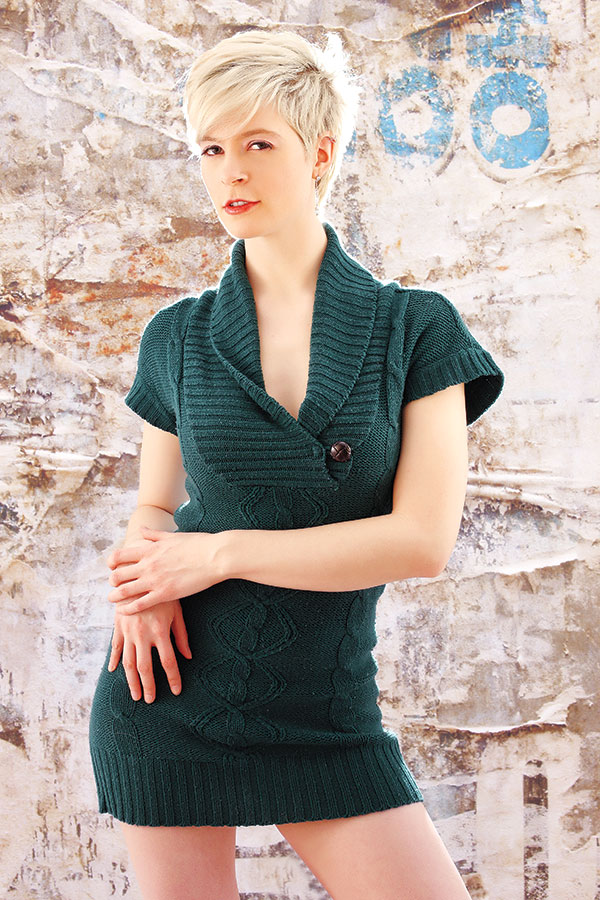
All Model photos © Joe Farace
In The Studio
My comment about the 5-foot power cable came home to roost when placing the power supply. The power pack has a belt clip, which makes sense if you’re using it hand held, something I can see a wedding shooter’s assistant using with the accessory handle provided, for photographing groups in a church or temple. Far more useful would have been lugs on the power supply’s sides for attaching a strap, so an assistant could sling the power supply over their shoulder or it could be suspended by the strap from a knob on a light stand. I scrambled for ideas before settling on gaffer taping the power supply to the top of the stand’s leg base. Inelegant, but it worked.
Shooting portraits with a mirrorless camera has one significant advantage over using a digital SLR: when you click the shutter you instantaneously see the shot just captured. No chimping required and you don’t have to remove the camera from your eye. You immediately see if a subject has blinked (contact lens wearers especially) and can reshoot the same pose without delay. This results in faster, smoother shooting and perhaps even better portraits.
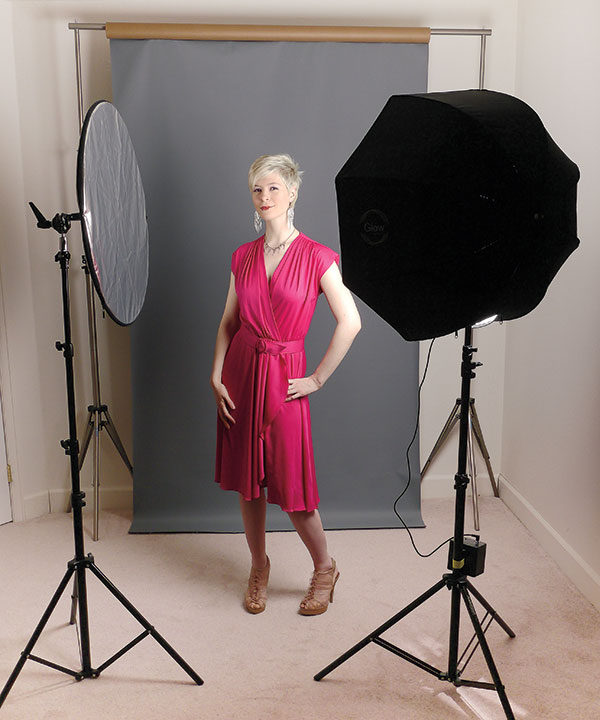

The Flashpoint 180 Monolight proved to be surprisingly tough despite its fragile-looking construction. While photographing a new model I accidently (OK, I’m a klutz) knocked over the light stand with the 180 Monolight attached and it crashed into the carpeted floor in my home studio. Like a Timex, “it took a lickin’ and kept on tickin’.”
The Flashpoint 180 Monolight has a built-in LED modeling light and I typically find that these modeling lights chew up battery power faster than flashes, based on my experience with other battery-powered systems. The 180 Monolight’s modeling light is dim and isn’t proportional; it’s either on or off. Its effectiveness depends on the ambient light where you’re working. The higher the ambient light, the less useful it will be, but it was always bright enough for my mirrorless camera to auto focus. I turned the modeling light on when doing a setup and homing in on a final exposure, but once I was in the zone, I turned the modeling light off.
Another mirrorless advantage turned out to be that rather than viewing through a dim viewfinder in a darkened studio, the camera’s EVF makes adjustments so you’re always looking at the subject through a bright view, even when using a relatively slow zoom, like the Panasonic Lumix G Vario 14-42mm f/3.5-5.6 I used for some shots. When I attached the Olympus M.Zuiko Digital 45mm f/1.8, the view was even brighter and snappier to my delight.

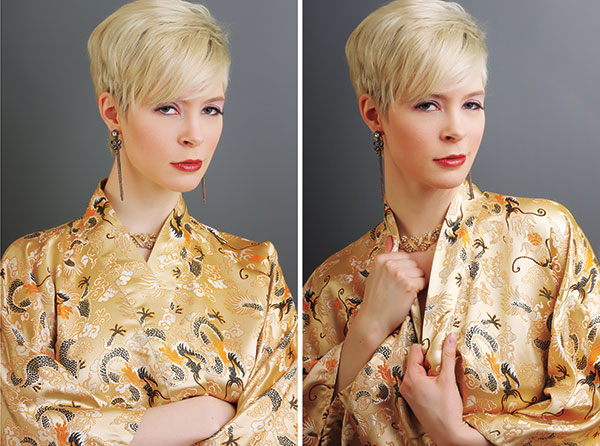
There is no recycle time specification for the Flashpoint 180 Monolight because so much depends on the condition of the batteries. During initial testing with the umbrella in shoot-through mode for three-quarter poses, I was surprised by the usable power and with the 180 Monolight at half power I achieved an exposure of f/8 and ISO 200. At that point, recycle was near instantaneous. Later in the session, after two hours of the modeling light being on and shooting at full power for a series of backlight shots, recycle times slowed noticeably and I occasionally overshot the flash. To minimize the number of black frames, turn on the audible signal and wait for the beep before clicking the shutter.
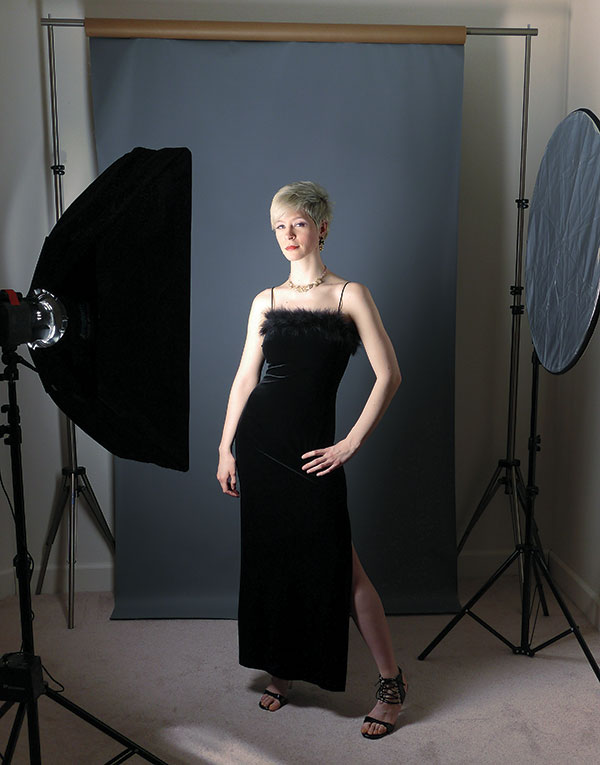
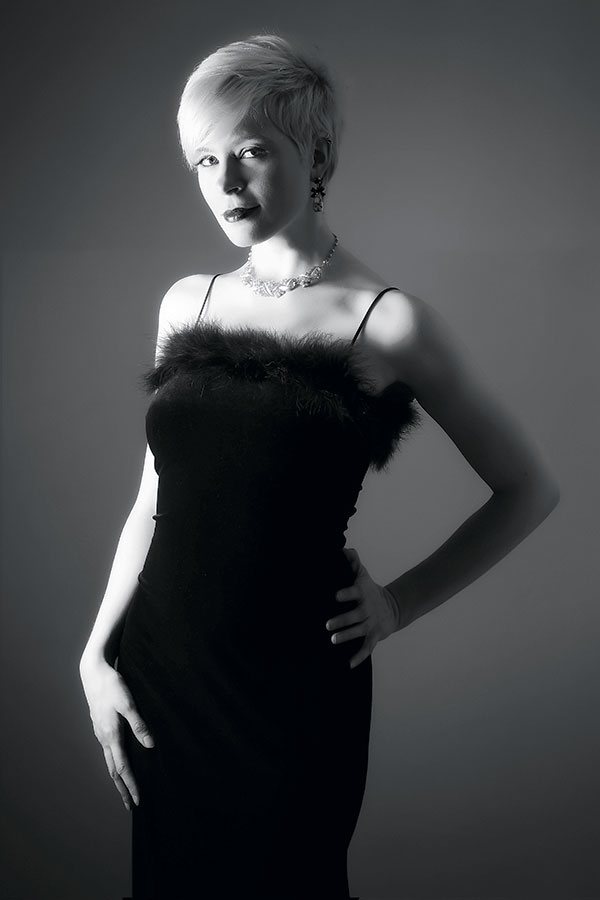
Conclusions
Like a mirrorless camera, the Flashpoint 180 Monolight is versatile, affordable, and fun to use. By comparison, a Canon Speedlite 430EX II costs $299 and has a Guide Number of 141 (at ISO 100); the 180 Monolight costs $250 and has a GN of 150. I’ve written before about the difference in learning curves between modern speedlights and Flashpoint monolights. Don’t believe me? Count the number of pages in the user’s guide for your speedlight. The 180 Monolight’s guide has four pages. All in all there’s a lot to like about the Flashpoint 180 battery-powered monolight. The kit is certainly priced right, it’s tough, and it fits into a compact case, making it easy to pack for location shoots.
For more information and full specs, visit Adorama at www.adorama.com.

